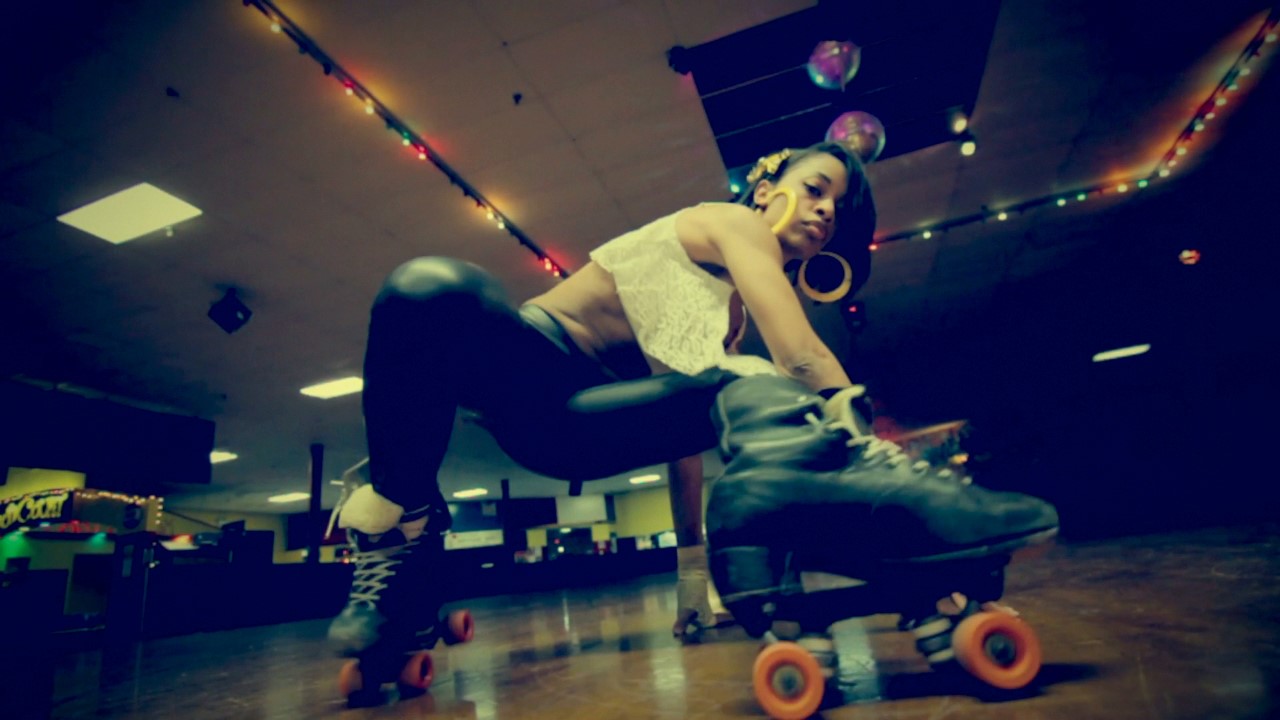Soul skater Verdell Coleman in HBO’s ‘United Skates.’
Courtesy of Dyana Winkler and Tina Brown.
By Emilie Castro
Sounds of rhythm and blues, hip-hop, jazz, with the occasional gospel tune permeate the room where skates hit the floor –– they’re ready to “soul roll” the night away.
This is a typical night at a “soul roll” session and it’s just now gaining recognition due to the increased exposure on TV, TikTok and Instagram.
However, many people are unaware of the origins of the stunts and tricks they see on the screen, as those moves were almost entirely invented by Black skaters.
Skating is typically done with high-top boots, small wheels and no toe stops. In the realm of artistic rhythm skating, etiquette and technique are like none other.
Despite the beauty of the sport, not long ago, Black skaters weren’t allowed into certain skating rinks. Even after the end of segregation, racism in skating rinks continued when white-owned rinks coined “soul night” as a session specifically for Black skaters.
Shaniya Clarke, a skater in Tampa’s soul roll community, assures that soul roll is about more than skating; it is a lifestyle and community built for and by the Black community.
“We don’t just arrive at the rink, put skates on our feet and skate for a few hours. During that time, we all exist under one beat, one sound and absolute bliss. Skating is a living, breathing thing on its own –– it just has soul.”
Clarke explained that knowing the history of the skating community gives the opportunity for a deeper appreciation of the sport.
At national skate parties and some local sessions, the DJ will announce “roll call” during the session.
“A roll call calls out different cities to allow those styles to be put on display by skaters from that city,” Clarke said. “In most areas, skaters do the style specific to their area.”
In New York and New Jersey, there is a huge emphasis on partner skating, as well as trains and trios, which Clark described as, “partner skating in a literal train of skaters to house music.” Fast backwards is a style originating in Philadelphia. JB, named after James Brown, is a popular style from Chicago. In “snap city,” or the DMV (DC, Maryland, Virginia) area, the preferred style is snapping. California, Ohio and St. Louis have their own styles as well.
One thing all styles have in common is that skaters usually hold hands or are tied at the hip. Everything is done together.
Throughout history, Black skaters have fought for their place in the rink and in doing so, they paved the way for what we know skating to be today. In 1949, skaters held a “skate-in” at White City Roller Skating Rink in Chicago. In 1963, a semi-pro Black skater, Ledger Smith, skated over 600 miles from Chicago to D.C. to attend the March on Washington.
People say that skating is making a comeback, but this undermines the community Black skaters have worked hard to maintain after all these years.



